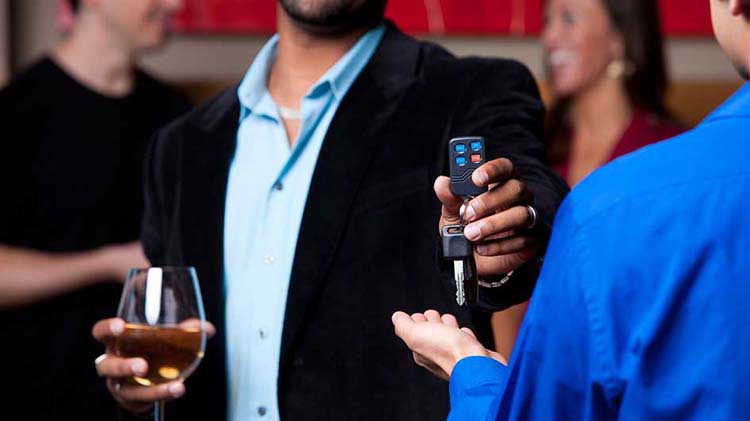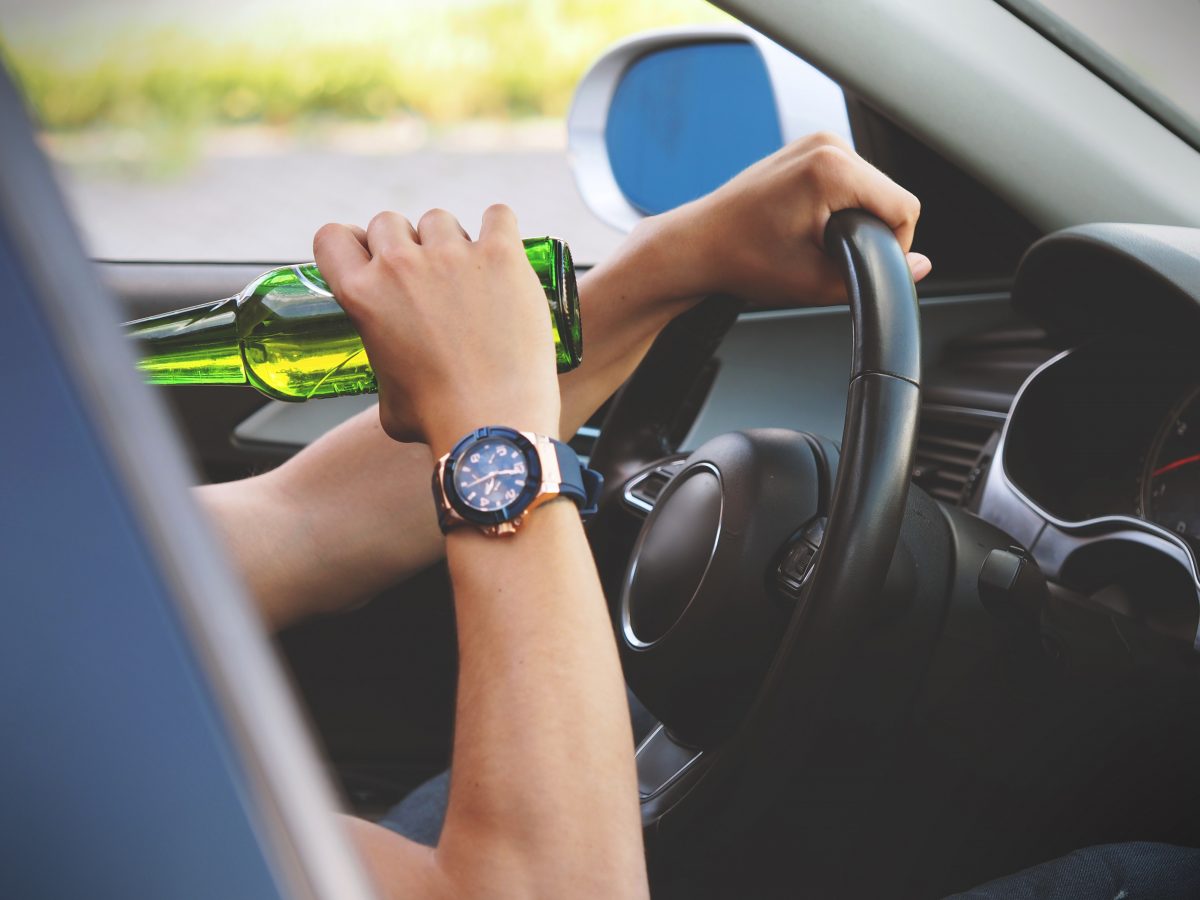Tips To Avoid Drinking and Driving
Share these tips with your teen driver to help promote driving safety.

How can you help prevent drinking and driving?
Plenty of people know that drinking and driving don’t mix — but many still do it. According to the Centers for Disease Control and Prevention, there are over 300,000 incidents of drinking and driving each day. And arrest doesn’t typically mark the first time a person drives under the influence: The average drunk driver does so over 80 times before getting caught. The risks are high, but the solutions are simple.
What is drinking and driving?
States differ in what they call it — driving under the influence, driving while intoxicated, drunk driving or impaired driving — but in every state, a baseline blood alcohol concentration (BAC) of 0.08 percent is considered an offense. For those age 21 and under, zero-tolerance laws criminalize driving with very small amounts of alcohol. States may also have enhanced penalties in place for those who drive with very high BACs, minors in the vehicle or multiple convictions.
What are the consequences of drinking and driving?
When you drink and drive, you’re compromising cognitive ability and responsiveness, which increases your risk for an accident. In fact, 28 people die each day because of a drunk driving crash.
Get caught, and a single drinking and driving infraction may have legal, financial, personal and even professional ramifications.
- Most states suspend your license for varying lengths of time — sometimes up to a year. Multiple convictions typically equal a revocation of a license. Drivers with a commercial driver’s license (CDL) might have their licenses suspended for a longer period.
- The employers of drivers with a CDL could also be liable for the actions of the driver. The driver’s future employment might also be impacted.
- Some states require mandatory jail time — even for a first offense — as well as fees and fines.
- You may be required to install an ignition interlock device on your car; if it detects alcohol, it will prevent you from operating the vehicle.
- A single drunk driving conviction may lead to job loss or restrictions (i.e., operating company vehicles).
- Higher insurance rates almost always accompany drunk driving convictions.
- If you were involved in an accident as a result of drunk driving, your insurance may deny payment for injury treatment.
How can you detect drunk drivers?
Law enforcement officials say there are several signs associated with drinking and driving. Keeping these in mind to help avoid a dangerous situation:
- Making wide turns
- Weaving, swerving, drifting, or straddling the center line
- Almost striking an object or vehicle
- Driving on the wrong side of the road
- Driving at a very slow speed
- Stopping without cause
- Braking erratically
- Responding slowly to traffic signals
- Turning abruptly or illegally
- Driving after dark with headlights off
How can you stop drinking and driving?
Always make good decisions and plan ahead. Here are some solutions to avoid drunk driving:
- Always choose a non-drinking designated driver — every time you go out.
- If you go out alone, do not drink alcohol. Order a non-alcoholic beverage such as a soft drink or water.
- Never feel pressured to drink alcohol. If you do plan on drinking, do so responsibly. Eat plenty of food and drink water.
- If you’ve been drinking, call a taxi or car-sharing service for a ride, like Uber or Lyft.
- Never get in a car with a driver who has been drinking.
- Protect others by taking their keys if they attempt to drive after consuming alcohol. They may be mad at you, but the alternative is much worse.
Be careful on the road. Pull over and report drivers you suspect to be under the influence by calling 9-1-1.
